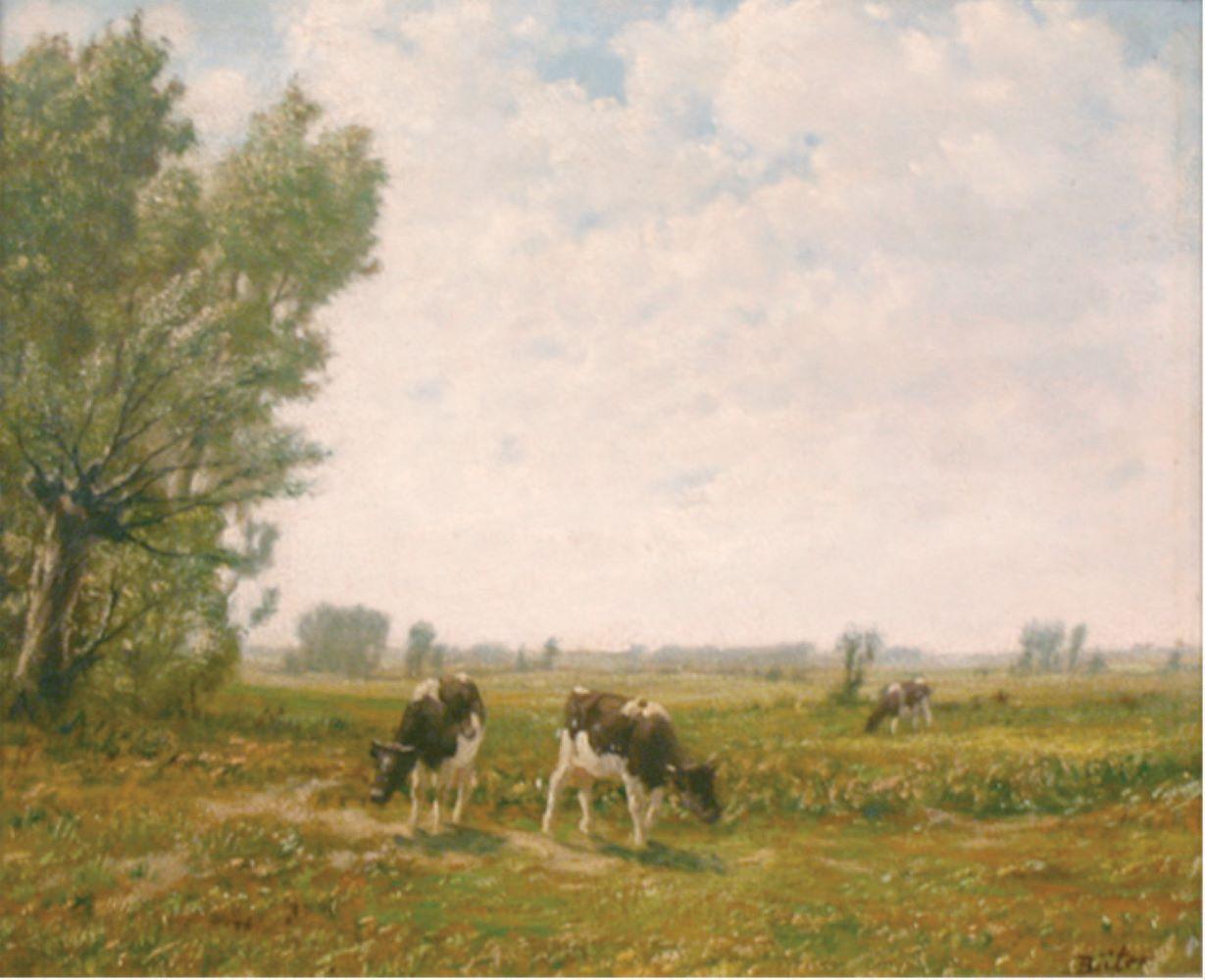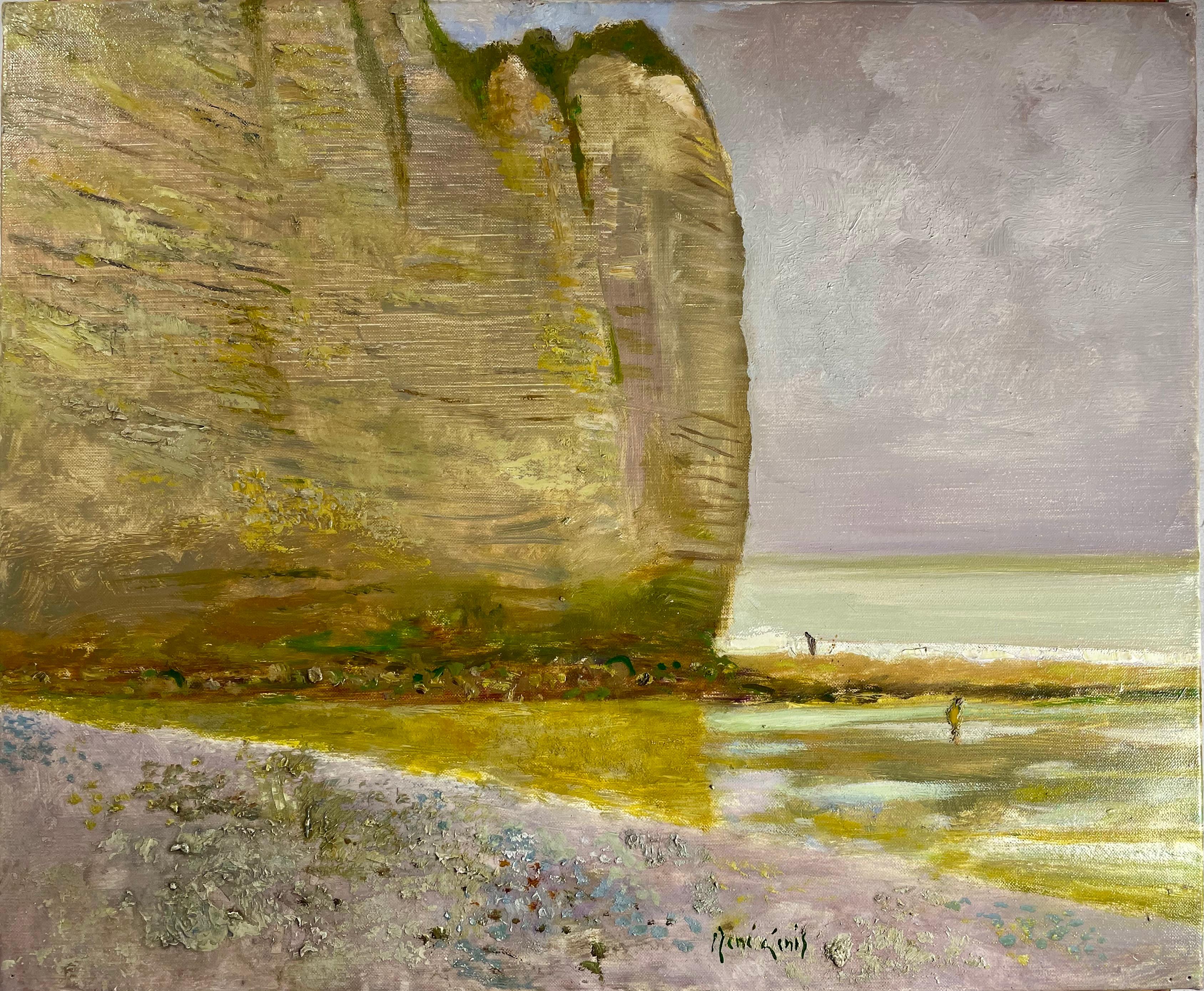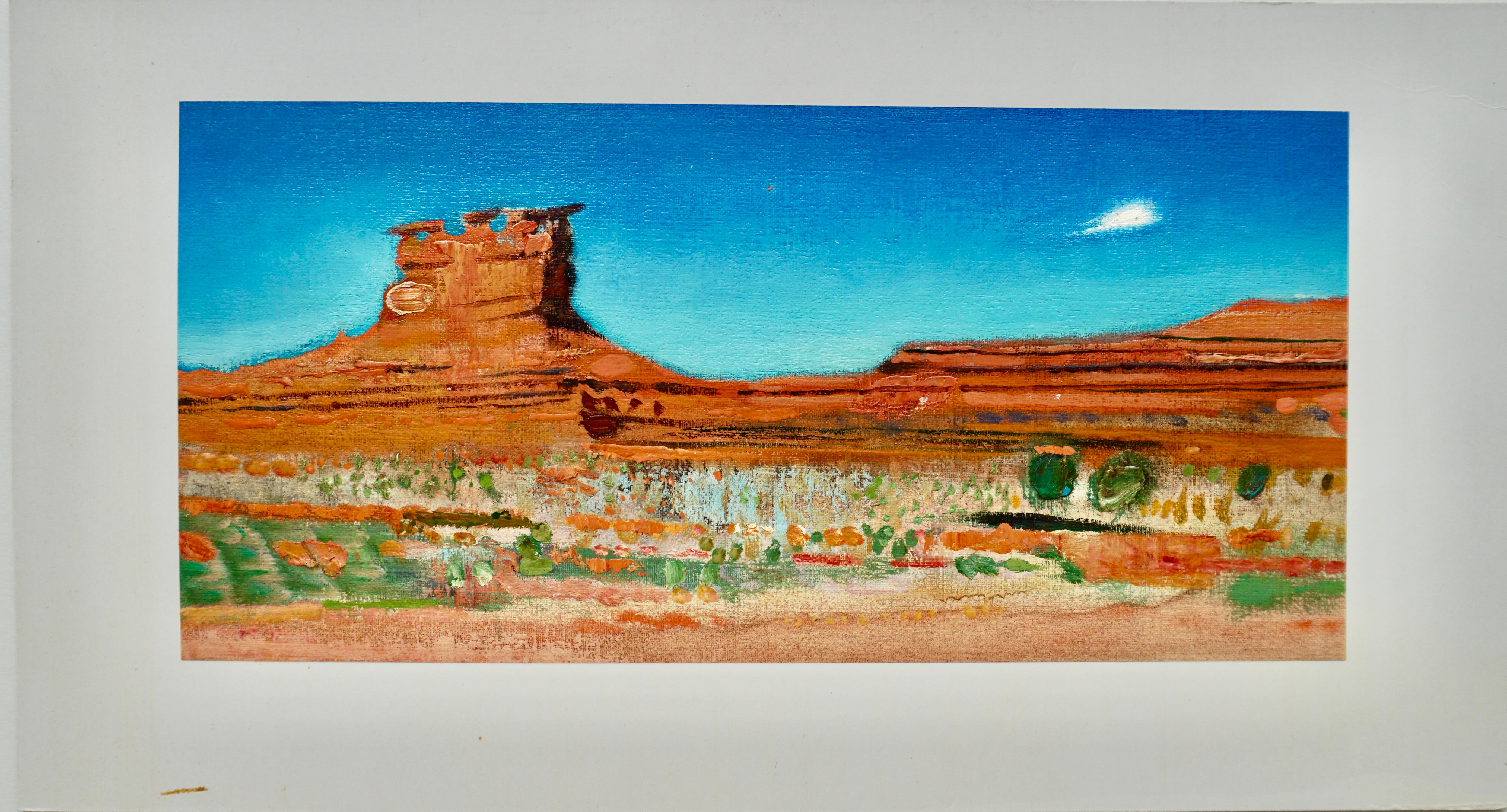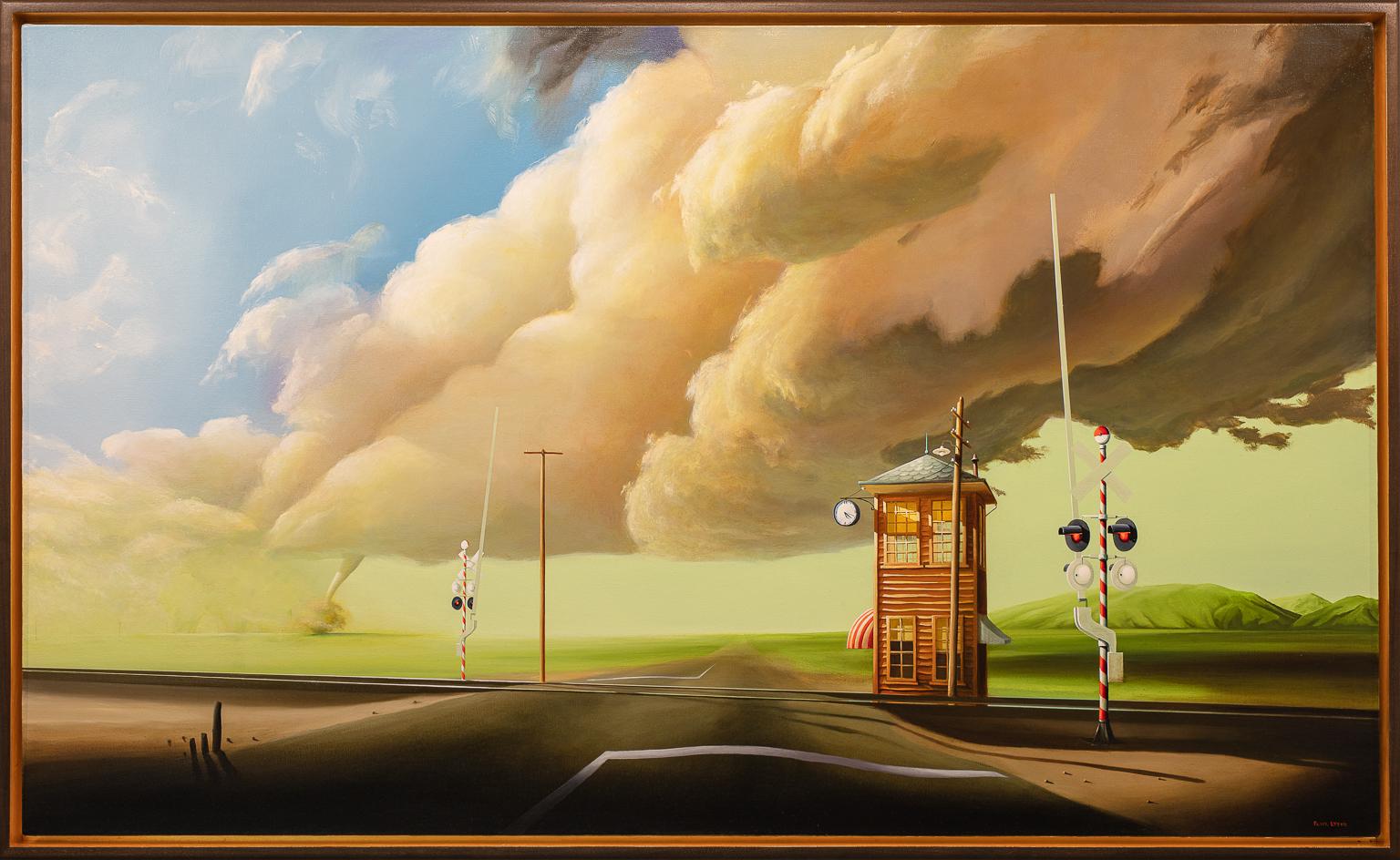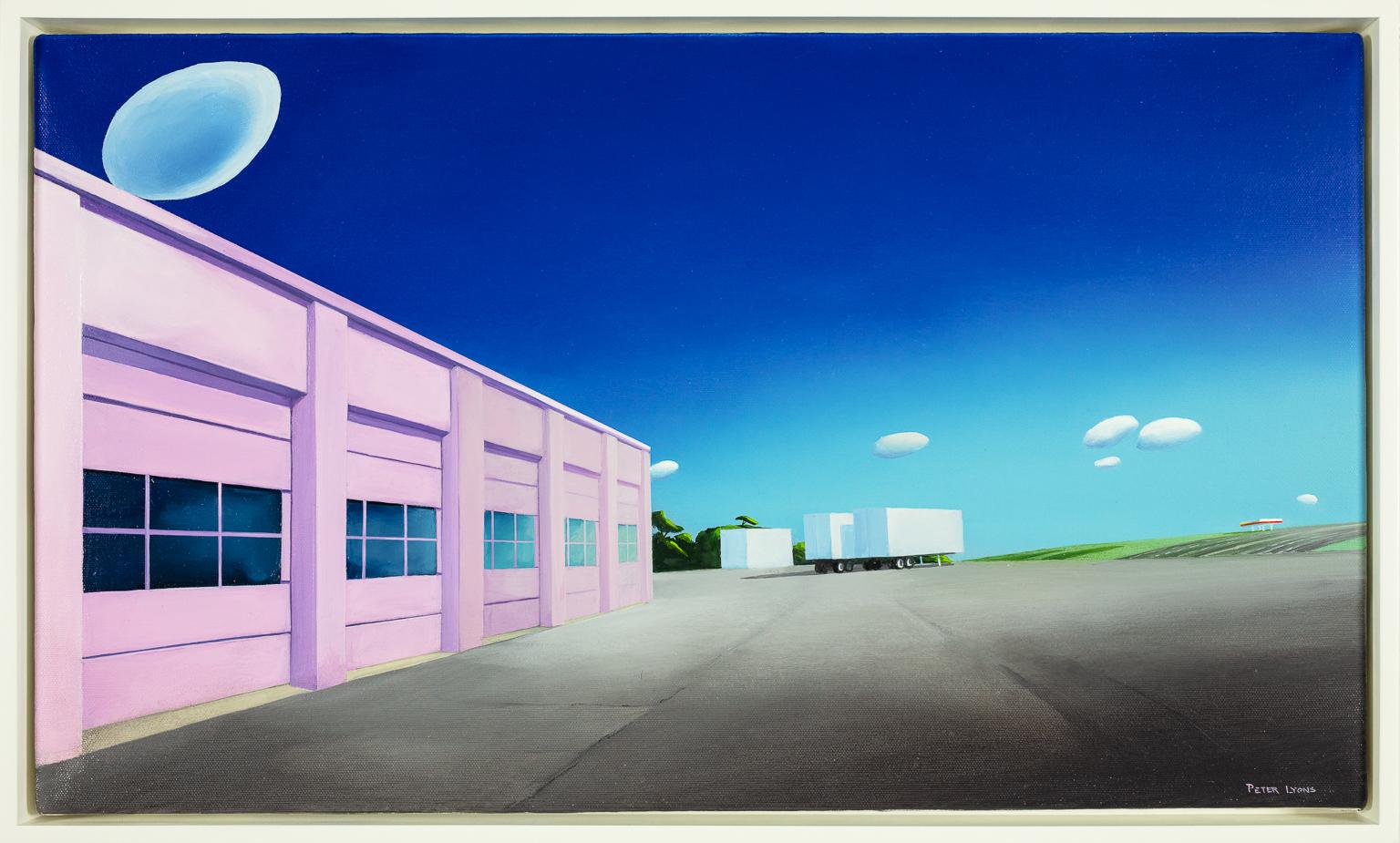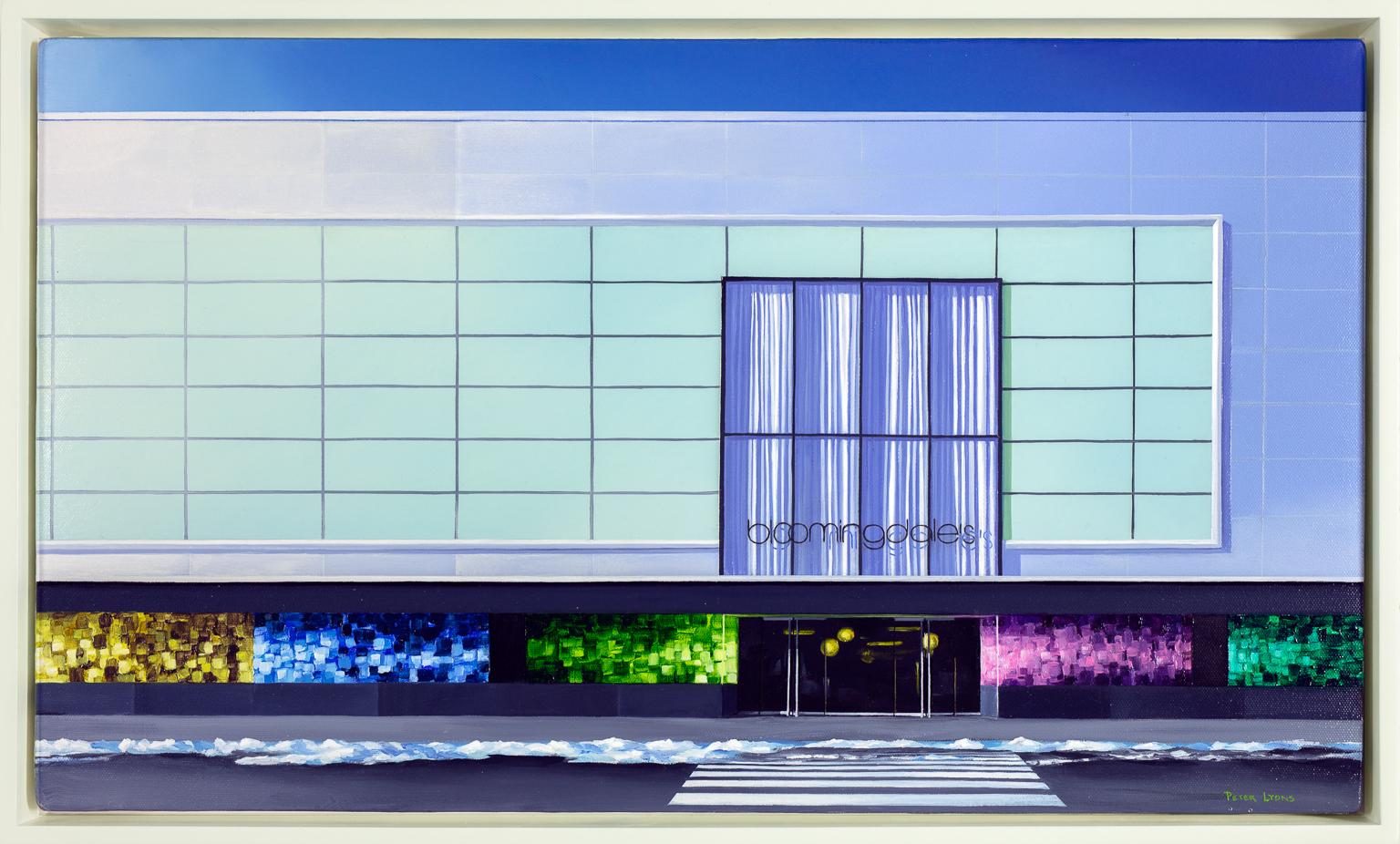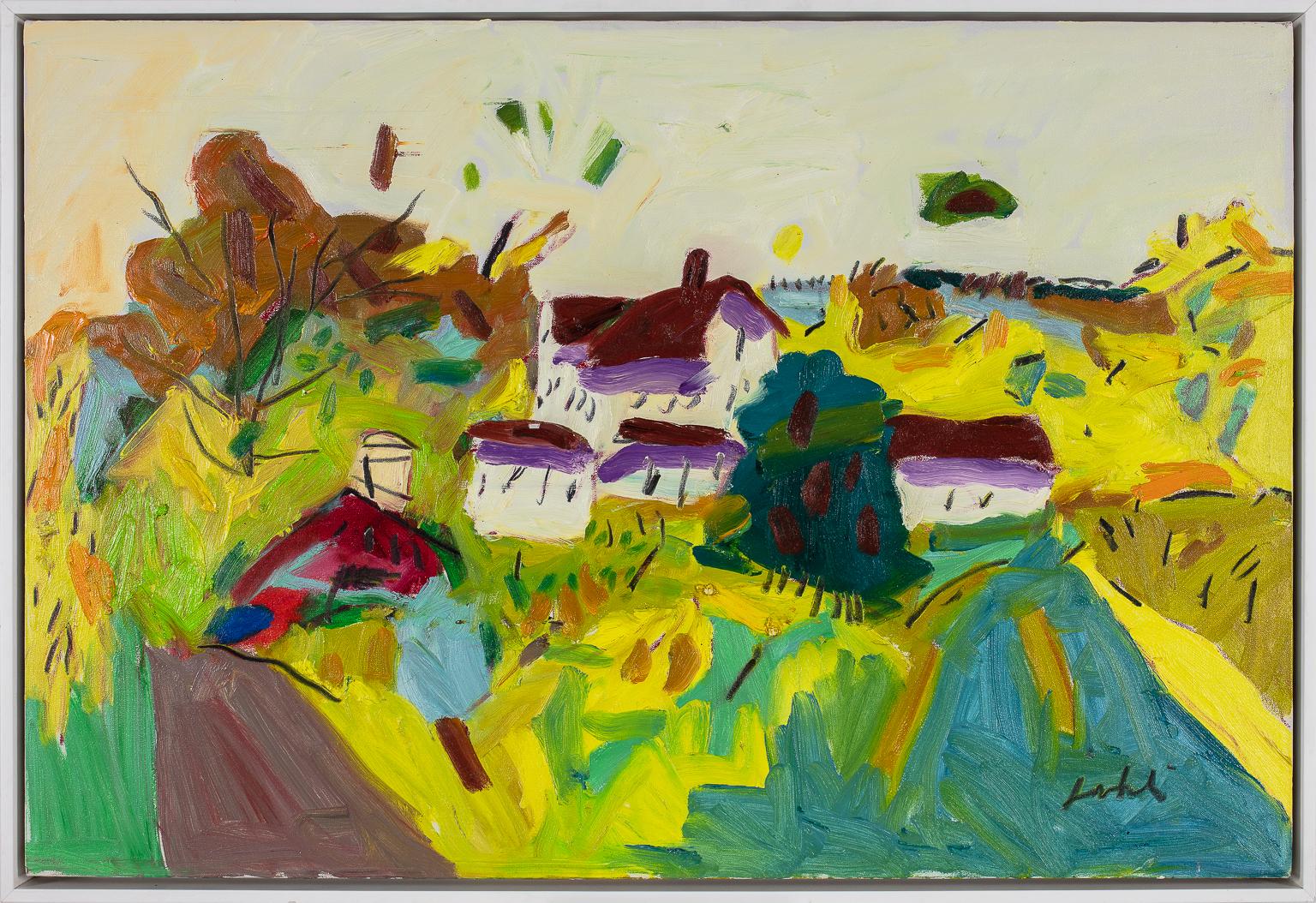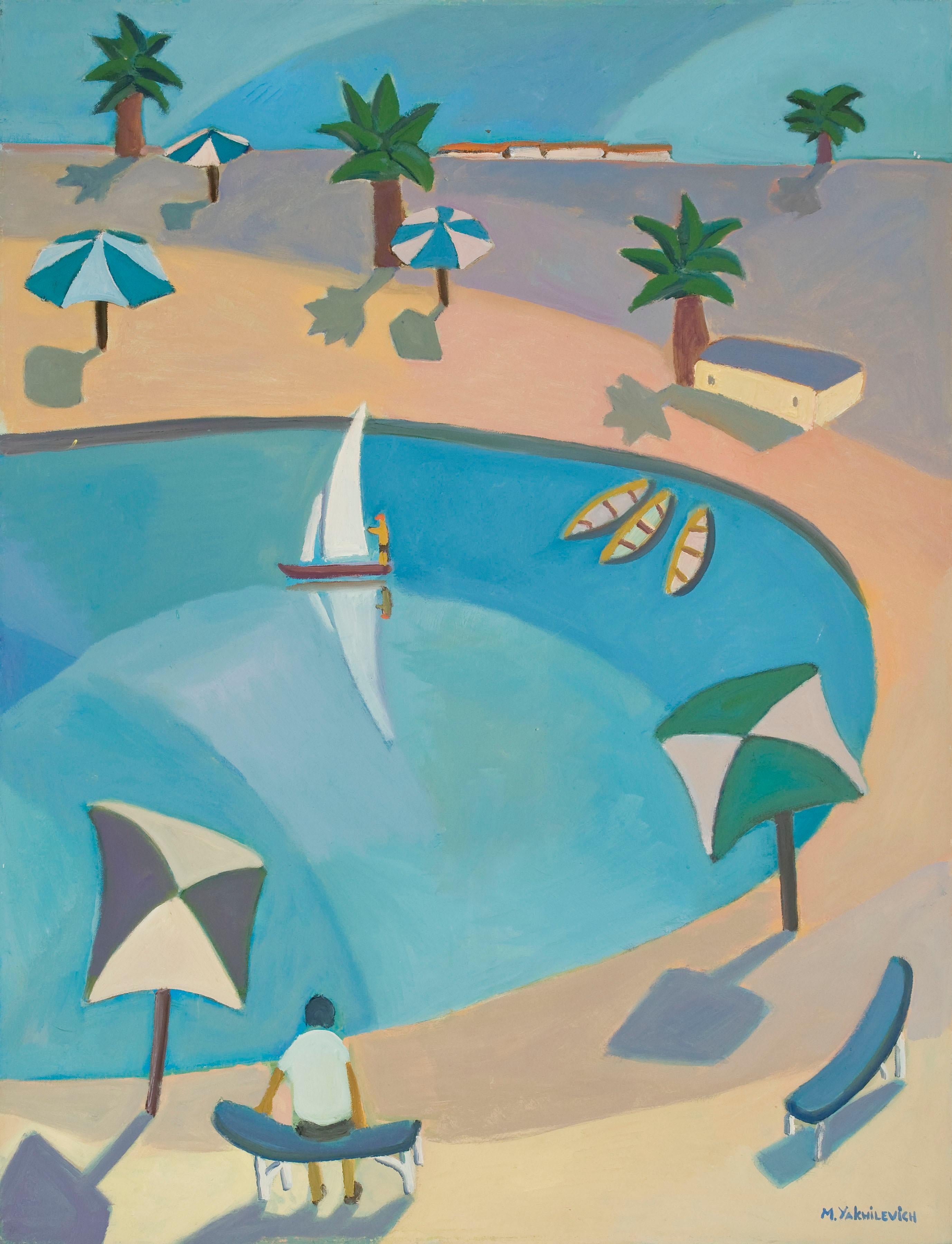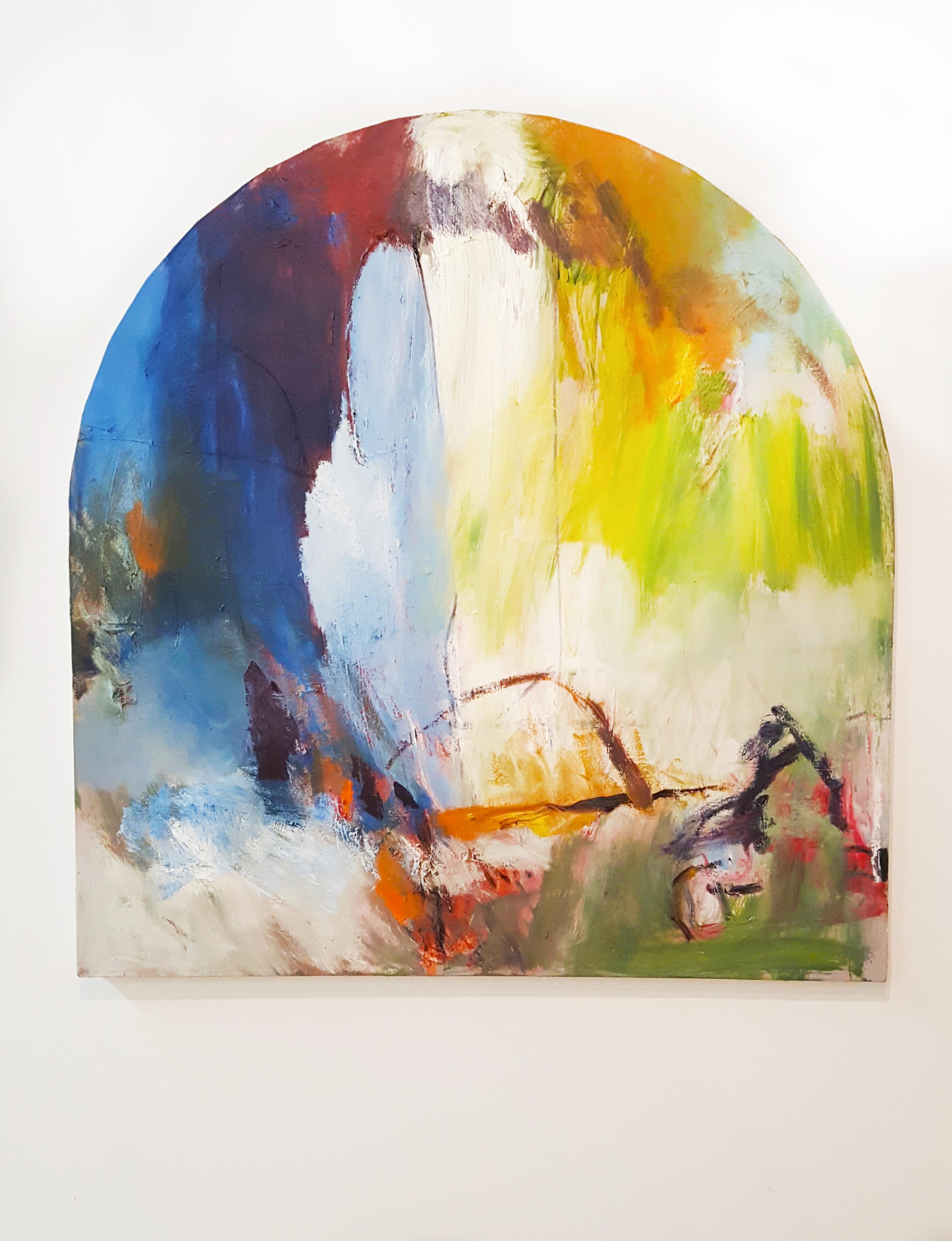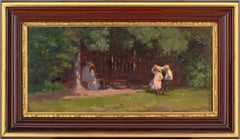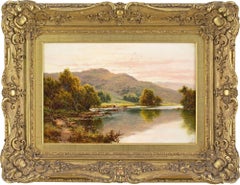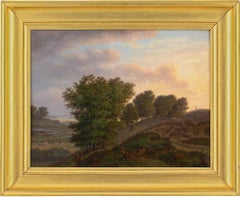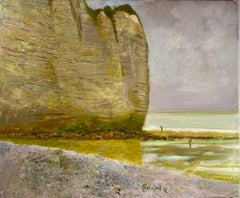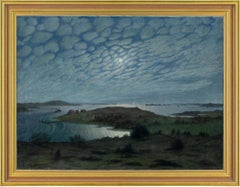
Filip Artur Wahlström, View Of Älvsborg Fortress, Oil Painting
View Similar Items
Want more images or videos?
Request additional images or videos from the seller
1 of 12
Filip Artur WahlströmFilip Artur Wahlström, View Of Älvsborg Fortress, Oil Painting1914
1914
About the Item
- Creator:Filip Artur Wahlström (1885 - 1972, Swedish)
- Creation Year:1914
- Dimensions:Height: 35 in (88.9 cm)Width: 45 in (114.3 cm)
- Medium:
- Period:
- Condition:Assessed and approved by our conservator. Frame with light wear.
- Gallery Location:Cheltenham, GB
- Reference Number:1stDibs: LU2328214301472
About the Seller
5.0
Platinum Seller
These expertly vetted sellers are 1stDibs' most experienced sellers and are rated highest by our customers.
Established in 2017
1stDibs seller since 2023
123 sales on 1stDibs
More From This SellerView All
- Ludvig Luplau Janssen, Children Dancing In A Forest Glade, Antique Oil PaintingLocated in Cheltenham, GBThis early 20th-century oil painting by Danish artist Ludvig Luplau Janssen (1869-1927) depicts two children dancing in a forest glade. A mother, seated upon a circular tree bench i...Category
Early 1900s Impressionist Figurative Paintings
MaterialsOil, Canvas
- Henry H Parker, Highland Loch With Cattle, Oil PaintingBy Henry Hillingford ParkerLocated in Cheltenham, GBThis early 20th-century oil painting by British artist Henry Hillingford Parker (1858-1930) depicts a Highland loch with cattle, track and mountain. Parker adored the natural world ...Category
1910s Naturalistic Landscape Paintings
MaterialsCanvas, Oil
- 19th-Century Danish School, Idyllic Landscape With Farm, Oil PaintingLocated in Cheltenham, GBThis charming late 19th-century Danish oil painting depicts a picturesque rural view with a farm, wandering shepherd and trees. Akin to a classical vision of pastoral bliss, this ma...Category
1880s Romantic Landscape Paintings
MaterialsCanvas, Oil
- Peter Tom-Petersen, View From Brahetrolleborg, Oil PaintingBy Peter Tom-PetersenLocated in Cheltenham, GBThis early 20th-century oil painting by Danish artist Peter Tom-Petersen (1861-1926) depicts a view on the Brahetrolleborg estate. Beyond a fence with climbing rose bushes, three me...Category
Early 1900s Naturalistic Landscape Paintings
MaterialsCanvas, Oil
- Stefan Viggo Pedersen, View From Karlsberg, Hillerød, Oil PaintingLocated in Cheltenham, GBThis expressive landscape painting by Danish artist Stefan Viggo Pedersen (1891-1965) was produced during the early part of his career and has an intere...Category
1910s Post-Impressionist Landscape Paintings
MaterialsCanvas, Oil
- Christian Berthelsen, Village Landscape With Thatched Cottage & StorksLocated in Cheltenham, GBThis charming 19th-century oil painting by Danish artist Christian Berthelsen (1839-1909) depicts a village scene with storks nesting atop a timber-framed dwelling. Is it simply a gentle portrayal of idyllic family life? Or does it allude to a sinister fairy tale by a well-known Danish author? Berthelsen was born on the small picturesque island of Føhr, where most families worked the land and lived in villages peppered with quaint thatched cottages. Amid these rural communities, children became familiar with various folk stories including those told so menacingly by the author Hans Christian Andersen. In 1839, the year Berthelsen was born, Andersen published ‘Storkene’, a typically macabre tale involving a family of storks. It begins: "On the last house...Category
Early 1900s Landscape Paintings
MaterialsCanvas, Oil
You May Also Like
- Bernhard ButerLocated in Saint Augustine, FLArtist: Bernhard Buter (1883-1959) German Title: Rhinish Landscape Medium: Oil on Canvas Dimensions: Framed 19” x 21” , Unframed 11 x 13” Bernhard Buter paints agrarian landscapes i...Category
Early 20th Century Realist Landscape Paintings
MaterialsCanvas, Oil
- "Les Falaise Normande" (The Cliffs Of Normand)By René GenisLocated in Berlin, MDRene Genis (French 1922-2004) “Les Falaise Normande” / The Cliffs of Normand. A sea scape with high cliffs, the beach, and two fishermen. The cliffs are in browns, tans and olives a...Category
1990s French School Landscape Paintings
MaterialsCanvas, Oil
$3,360 Sale Price30% Off - "Monument Valley"By René GenisLocated in Berlin, MDRene Genis (French 1922-2004) Monument Valley. 1967. Beautiful oranges, browns, greens against a turquoise blue sky. Oil on canvas, laid on mat. Si...Category
Mid-20th Century Landscape Paintings
MaterialsOil, Canvas
- Early oil depicting the Great Fire of LondonLocated in London, GBThe Great Fire of London in September 1666 was one of the greatest disasters in the city’s history. The City, with its wooden houses crowded together in narrow streets, was a natural fire risk, and predictions that London would burn down became a shocking reality. The fire began in a bakery in Pudding Lane, an area near the Thames teeming with warehouses and shops full of flammable materials, such as timber, oil, coal, pitch and turpentine. Inevitably the fire spread rapidly from this area into the City. Our painting depicts the impact of the fire on those who were caught in it and creates a very dramatic impression of what the fire was like. Closer inspection reveals a scene of chaos and panic with people running out of the gates. It shows Cripplegate in the north of the City, with St Giles without Cripplegate to its left, in flames (on the site of the present day Barbican). The painting probably represents the fire on the night of Tuesday 4 September, when four-fifths of the City was burning at once, including St Paul's Cathedral. Old St Paul’s can be seen to the right of the canvas, the medieval church with its thick stone walls, was considered a place of safety, but the building was covered in wooden scaffolding as it was in the midst of being restored by the then little known architect, Christopher Wren and caught fire. Our painting seems to depict a specific moment on the Tuesday night when the lead on St Paul’s caught fire and, as the diarist John Evelyn described: ‘the stones of Paul’s flew like grenades, the melting lead running down the streets in a stream and the very pavements glowing with the firey redness, so as no horse, nor man, was able to tread on them.’ Although the loss of life was minimal, some accounts record only sixteen perished, the magnitude of the property loss was shocking – some four hundred and thirty acres, about eighty per cent of the City proper was destroyed, including over thirteen thousand houses, eighty-nine churches, and fifty-two Guild Halls. Thousands were homeless and financially ruined. The Great Fire, and the subsequent fire of 1676, which destroyed over six hundred houses south of the Thames, changed the appearance of London forever. The one constructive outcome of the Great Fire was that the plague, which had devastated the population of London since 1665, diminished greatly, due to the mass death of the plague-carrying rats in the blaze. The fire was widely reported in eyewitness accounts, newspapers, letters and diaries. Samuel Pepys recorded climbing the steeple of Barking Church from which he viewed the destroyed City: ‘the saddest sight of desolation that I ever saw.’ There was an official enquiry into the causes of the fire, petitions to the King and Lord Mayor to rebuild, new legislation and building Acts. Naturally, the fire became a dramatic and extremely popular subject for painters and engravers. A group of works relatively closely related to the present picture have been traditionally ascribed to Jan Griffier...Category
17th Century Old Masters Landscape Paintings
MaterialsOil, Canvas
- Flat Ledge Quarry with Golden TreesLocated in Gloucester, MAFlat Ledge Quarry is one of the many granite quarries in Rockport MA, which actively produced granite for cobblestones until the early 20th century, when asphault became the preferre...Category
2010s Contemporary Landscape Paintings
MaterialsCanvas, Oil
- ThresholdLocated in Gloucester, MAPeter Lyons’s technique approaches photographic realism, but the precision in his paintings is an attempt to communicate a state of awareness, rather than ...Category
2010s Contemporary Landscape Paintings
MaterialsOil, Canvas
$33,000
